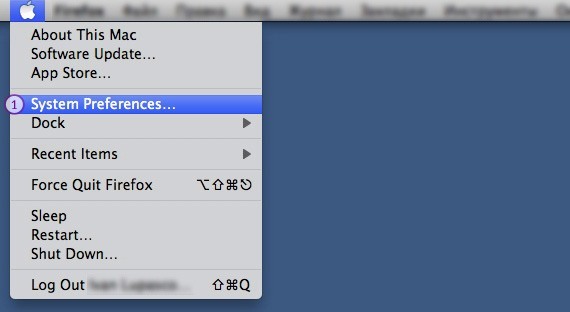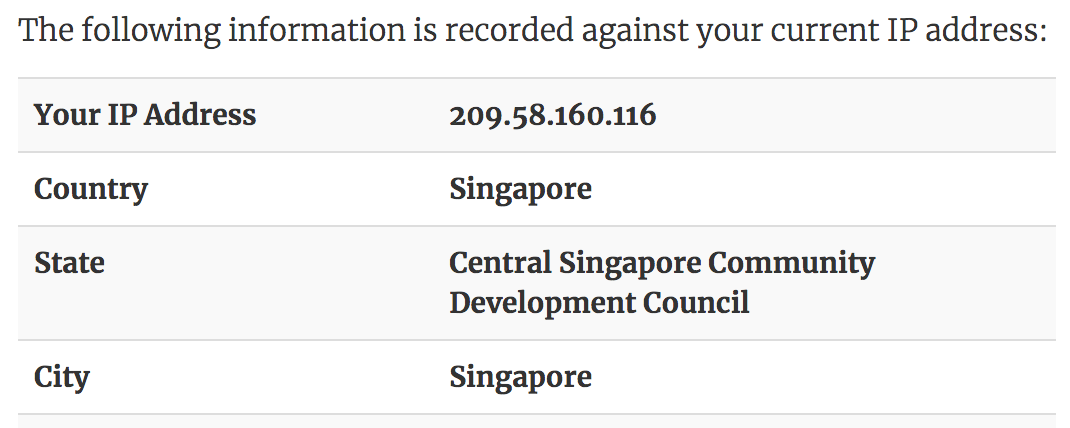

- #NO PPTP ON MAC OS SIERRA MAC OS X#
- #NO PPTP ON MAC OS SIERRA CODE#
- #NO PPTP ON MAC OS SIERRA WINDOWS#
Throughout the early 1990s, Apple had tried to create a "next-generation" OS to succeed its classic Mac OS through the Taligent, Copland and Gershwin projects, but all were eventually abandoned. Its graphical user interface was built on top of an object-oriented GUI toolkit using the Objective-C programming language.
#NO PPTP ON MAC OS SIERRA CODE#
The kernel of NeXTSTEP is based upon the Mach kernel, which was originally developed at Carnegie Mellon University, with additional kernel layers and low-level user space code derived from parts of BSD. There, the Unix-like NeXTSTEP operating system was developed, before being launched in 1989. The heritage of what would become macOS had originated at NeXT, a company founded by Steve Jobs following his departure from Apple in 1985. Simplified history of Unix-like operating systems In 2020, Apple began the Apple silicon transition, using self-designed, 64-bit ARM-based Apple M1 processors on new Mac computers. In 2006, Apple transitioned to the Intel architecture with a line of Macs using Intel Core processors. MacOS has supported three major processor architectures, beginning with PowerPC-based Macs in 1999. After sixteen distinct versions of macOS 10, macOS Big Sur was presented as version 11 in 2020, and macOS Monterey was presented as version 12 in 2021. Apple shortened the name to "OS X" in 2012 and then changed it to "macOS" in 2016 to align with the branding of Apple's other operating systems, iOS, watchOS, and tvOS.
#NO PPTP ON MAC OS SIERRA MAC OS X#
Ī prominent part of macOS's original brand identity was the use of Roman numeral X, pronounced "ten" as in Mac OS X and also the iPhone X, as well as code naming each release after species of big cats, or places within California.

Apple's mobile operating system, iOS, has been considered a variant of macOS. All releases from Mac OS X 10.5 Leopard and after are UNIX 03 certified, with an exception for OS X 10.7 Lion. The first desktop version, Mac OS X 10.0, was released in March 2001, with its first update, 10.1, arriving later that year. During this time, Apple cofounder Steve Jobs had left Apple and started another company, NeXT, developing the NeXTSTEP platform that would later be acquired by Apple to form the basis of macOS. MacOS succeeded the classic Mac OS, a Macintosh operating system with nine releases from 1984 to 1999.
#NO PPTP ON MAC OS SIERRA WINDOWS#
Within the market of desktop and laptop computers it is the second most widely used desktop OS, after Microsoft Windows and ahead of Chrome OS.

It is the primary operating system for Apple's Mac computers. A couple of third-party VPN clients I’m aware of which currently support PPTP on OS X El Capitan are Shimo and VPN Tracker.MacOS ( / ˌ m æ k oʊ ˈ ɛ s/ previously Mac OS X and later OS X) is a proprietary graphical operating system developed and marketed by Apple Inc. In place of PPTP, Apple is again recommending the use of other VPN communications protocols that are more secure.įor those who will still need to access PPTP VPNs, you may be able to use a third-party client to do so on macOS Sierra. These warnings have been Apple’s way of encouraging their customers to stop using PPTP for their VPN connections and move on to other more secure VPN protocols.Īs part of preparing for the release of macOS Sierra and iOS 10, Apple has publicly announced they’re moving from warning folks about PPTP to removing PPTP support altogether from Apple’s built-in VPN client.

The reason for these warnings is that a number of security vulnerabilities have been found in this VPN communications protocol. Starting in OS X El Capitan and iOS 9, people trying to set up a PPTP VPN connection on their iOS device or on their Mac would get a warning that looked like this:


 0 kommentar(er)
0 kommentar(er)
